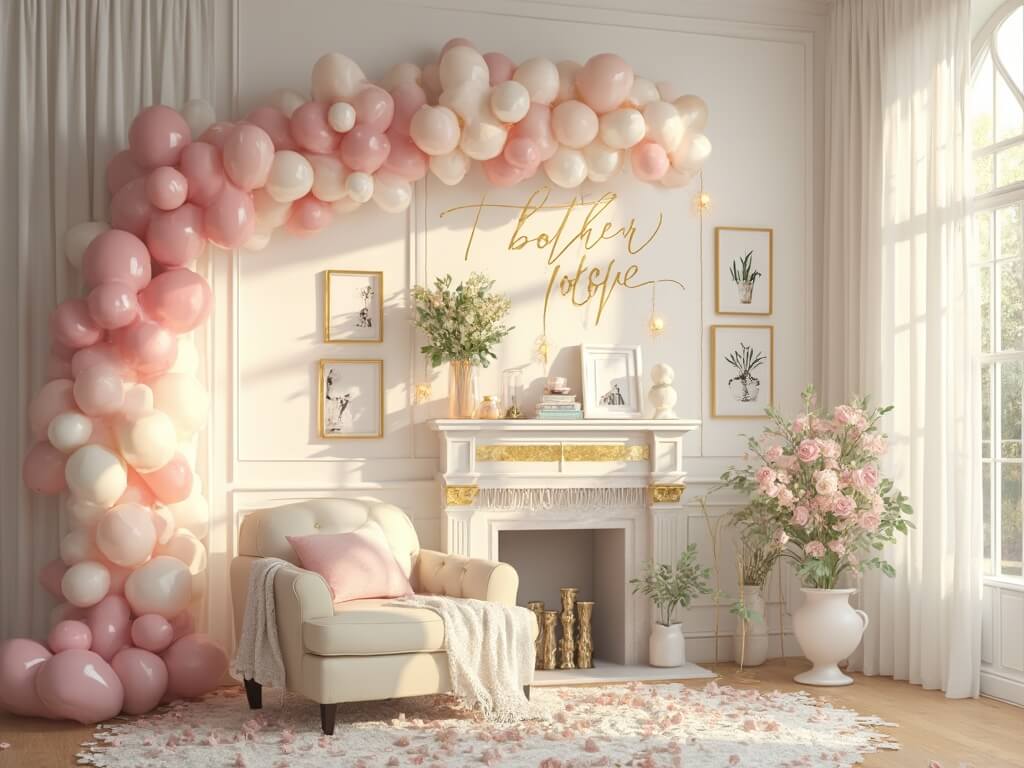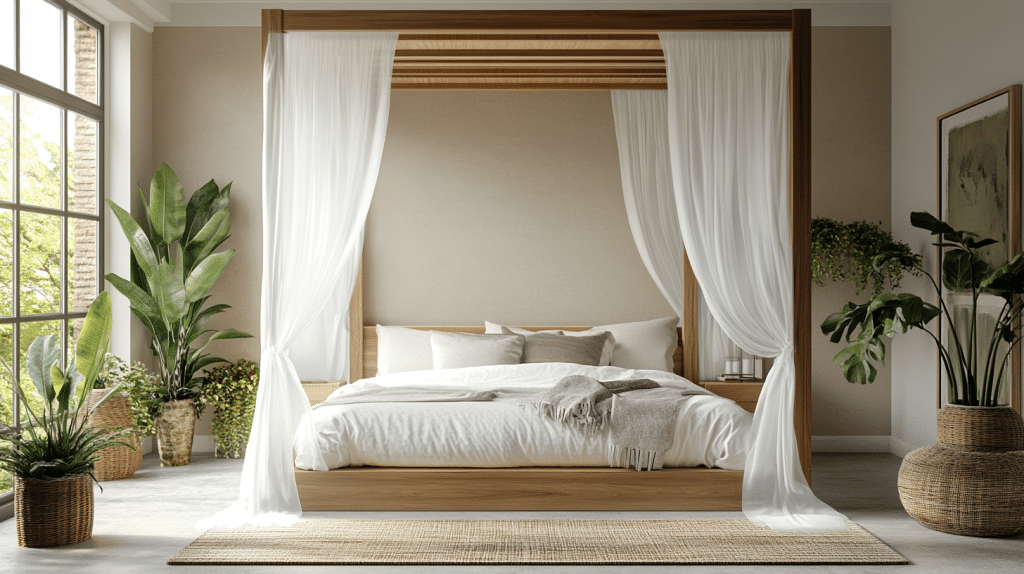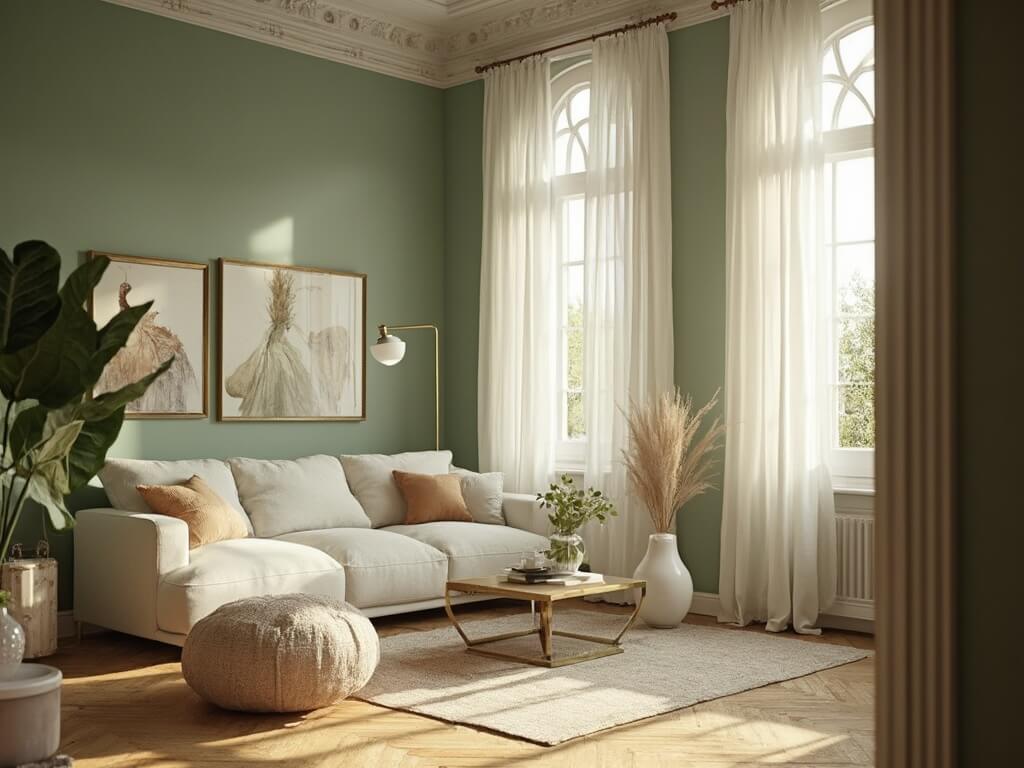Wabi Sabi Walls: Embracing Imperfection in Home Design
When I first discovered wabi sabi, it was like finding a design philosophy that spoke directly to my soul. This Japanese aesthetic isn’t just about decorating walls—it’s about celebrating life’s beautiful imperfections.

What Makes a Wabi Sabi Wall Truly Special?
Imagine a wall that tells a story. Not a perfect, Instagram-filtered story, but a raw, authentic narrative of time and craftsmanship.
The Essence of Wabi Sabi Walls:
- Celebrate uneven textures
- Honor natural materials
- Embrace subtle, earthy colors
- Welcome signs of aging
- Keep decorations minimal and meaningful
Textures That Tell a Story
Surfaces That Sing Authenticity:
- Limewash: Soft, cloudy finishes with natural color variations
- Roman Plaster: Hand-applied with visible brush marks
- Clay Treatments: Rough, organic surfaces that breathe character
Pro Tip: The more imperfect, the more beautiful. Those tiny cracks? They’re not flaws—they’re features.
Color Palette: Nature’s Soft Whispers
Forget bright white walls. Wabi sabi embraces:
- Muted beiges
- Soft taupe
- Gentle greens
- Subdued grays
These colors create calm, allowing your wall to become a peaceful backdrop to life.
Materials That Age Gracefully
Natural Materials That Embody Wabi Sabi:
- Weathered wood
- Raw stone
- Exposed brick
- Clay surfaces
- Grasscloth wallpapers
Decorating Your Wabi Sabi Wall
Less is Definitely More:
- One asymmetrical artwork
- A single handcrafted ceramic piece
- Minimalist shelving with carefully chosen objects
Practical Implementation Tips
How to Create Your Wabi Sabi Wall
- Choose natural, textured materials
- Avoid perfectionist painting techniques
- Allow visible brush strokes
- Select artwork with negative space
- Embrace minor imperfections
Common Mistakes to Avoid
Don’t:
- Over-polish surfaces
- Use ultra-smooth, glossy paints
- Crowd the wall with too many decorations
- Fight against natural aging
Investment and Effort
Wabi sabi isn’t about expensive renovations. It’s about:
- Appreciating what you have
- Seeing beauty in simplicity
- Understanding that everything changes
Estimated Cost Range:
- DIY Limewash: $50-$200
- Professional Plaster: $500-$2000
- Grasscloth Wallpaper: $300-$800
Final Thoughts
Wabi sabi is more than a design trend—it’s a philosophy of acceptance. Your walls don’t need to be perfect. They need to be real.
Remember: In a world of polished surfaces, dare to be beautifully imperfect.














